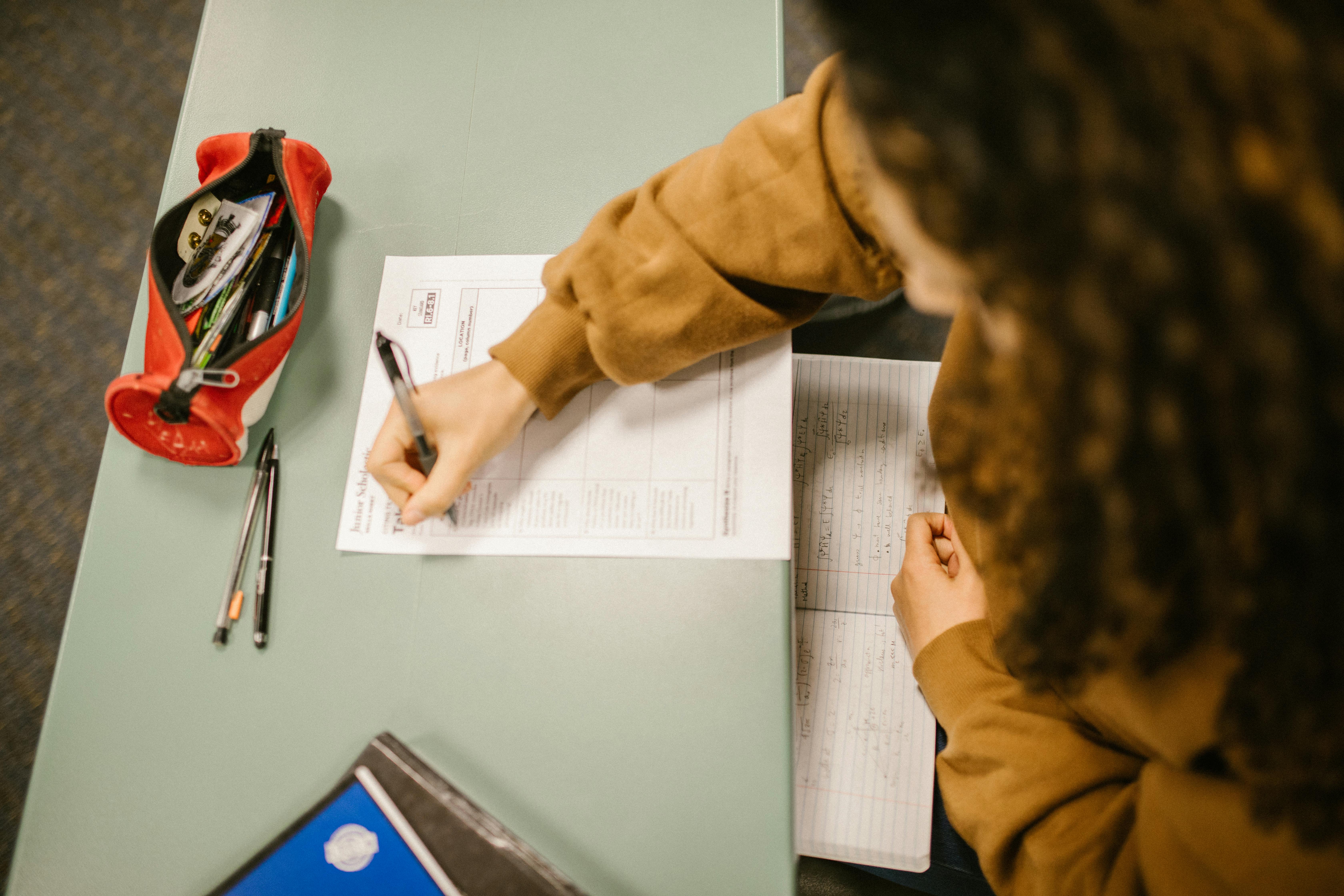Fractional distillation is a process used to separate and purify mixtures of liquids that have different boiling points. The process involves heating a liquid mixture to its boiling point and then slowly condensing the vapors that are produced. The vapors are then collected in fractional columns that contain packing material, such as glass beads or ceramic Raschig rings, which help to increase the surface area available for condensation. As the vapor cools, different components of the mixture will condense at different temperatures, allowing them to be separated from one another. Fractional distillation is an effective way to separate and purify large amounts of liquid mixtures and is widely used in industries such as petrochemical production, water purification, and alcohol production.Fractional distillation is a process of separating a mixture of two or more liquids with different boiling points. It works by heating the mixture and then cooling it down as it passes through a column. The components of the mixture will condense at different points in the column, allowing them to be collected separately. This technique is often used in chemical laboratories to purify solvents and other liquids.
Materials Needed for Fractional Distillation
Fractional distillation is a common laboratory technique used to separate mixtures of liquids that have different boiling points. To perform fractional distillation, several materials are needed, including a fractionating column, an apparatus to heat the mixture, a condenser, and collection containers.
The fractionating column is a vertical tube filled with glass beads or other packing material. This packing material increases the surface area of the vaporized mixture and allows for better separation of its components. The heating apparatus can be either an open flame or an electric heating mantle. A condenser is then needed to cool and condense the vaporized mixture so that it can be collected in one or more containers.
In addition to these materials, other items may be required depending on the application. For example, when distilling volatile compounds with high boiling points, a vacuum pump may be necessary to reduce the pressure within the system and allow for lower boiling points. Additionally, when collecting fractions from a fractional distillation setup, reflux valves or adjustable stopcocks can be used to control the flow of liquid between containers.
Overall, fraction
Setting Up a Fractional Distillation Apparatus
Fractional distillation is a process used to separate a liquid mixture into its constituent parts, or fractions. It is an important laboratory technique that allows chemists to purify compounds for further study and use. Setting up a fractional distillation apparatus requires some basic knowledge of the equipment and the proper safety and handling techniques. Here are the steps for setting up a fractional distillation apparatus:
1. Assemble the necessary equipment. A fractional distillation apparatus typically consists of a round-bottom flask, condenser, thermometer, adapter, receiving flask, and vacuum adapter. Make sure all components are securely attached and in good working condition.
2. Add the liquid mixture to the round-bottom flask, making sure not to exceed the marked “fill line” on the flask. Attach the condenser to the top of the flask by means of a thermometer adapter.
3. Attach one end of the vacuum adapter to an appropriate vacuum source and attach the other end to the condenser outlet tube on top of
Heating the Mixture
The first step in many chemical reactions is to heat the mixture. Heating the mixture accelerates the reaction and allows for different molecules to interact with each other. This is especially important in reactions involving solids, as they must be heated to a high enough temperature for them to break apart and react with each other. The temperature of the reaction should be carefully monitored, as some reactions require very specific temperatures in order to proceed successfully. Once the mixture has been heated, it can then be allowed to cool before proceeding with the next step in the reaction process.
It is also important to ensure that all of the reactants and products involved in the reaction are at an appropriate temperature before any further steps are taken. If one or more of these components is too cold, then they may not react properly, resulting in an incomplete or unsuccessful reaction. To make sure that all of the components are at an appropriate temperature, they should be heated or cooled as needed before any further steps are taken.
Cooling and Condensing the Vapors
Once the vapors have been produced, the next step is to cool and condense them back into liquid form. This is typically done by passing the vapor stream through a heat exchanger, where it is cooled by a colder fluid, such as water or another cooling medium. The cooling process causes the vapor to become a liquid again, which can then be collected in a container for further processing or storage. In some cases, the cooling process also helps to purify the vapors by removing any substances that may have been suspended in them. Once cooled and condensed, the liquids are ready to be used for their intended purpose.
It’s important that this step of the process is carefully monitored and controlled since too much cooling can cause some components of the vapor stream to become solidified or crystallized. This can lead to clogged pipes or other problems down the line if not addressed quickly. Additionally, if not enough cooling is applied, then some of the vapors may remain in their gaseous state and will need to be processed further before they can be used.

Analyzing the Problem
The first step in any project is to analyze the problem. This includes gathering data, understanding the requirements, and identifying potential solutions. When it comes to machine learning, analyzing the problem entails understanding the data and how it can be used to solve a specific issue. It also means recognizing what algorithms are best suited for a particular task and how they can be optimized to get the best results. In addition, analyzing the problem allows us to determine which tools and techniques will be best for approaching it. By taking the time to properly analyze the problem, we can ensure that we are taking the most efficient and effective approach possible.
Designing a Model
Once you have analyzed the problem, you can begin designing a model that will be used for solving it. This involves selecting an appropriate algorithm, determining which variables should be included in the model, setting parameters, and tuning hyperparameters. The goal is to create a model that is capable of making accurate predictions based on input data. Designing a model also requires analyzing different techniques such as cross-validation or regularization in order to improve accuracy
Troubleshooting Tips for Fractional Distillation
Fractional distillation is one of the most important processes in the chemical industry. It involves separating a mixture of compounds into their individual components based on their boiling points. Although the process is relatively simple, there are a few common issues that can arise when performing fractional distillation. Here are a few troubleshooting tips to help you ensure that your fractional distillation runs smoothly.
The first step in troubleshooting fractional distillation problems is to make sure that all of your equipment is properly set up. Make sure that the condenser, collection flask, and other components are all correctly connected and sealed. Additionally, check for any leaks or blockages in the system. If any of these issues are present, they can interfere with the flow of material and lead to inaccurate results.
Another common issue when performing fractional distillation is poor temperature control. The temperature must be carefully monitored throughout the process, as even slight variations can affect the separation efficiency. If your temperature control system isn’t functioning correctly, it could lead to inaccurate results or even damage to your
Safety Precautions When Performing Fractional Distillation
It is important to take safety precautions when performing fractional distillation, as it involves the use of flammable materials and potentially hazardous chemicals. When setting up the apparatus, it is important to ensure that all components are securely fitted together and that all seals are airtight. The laboratory should be well ventilated, as some of the fumes produced during distillation can be harmful if inhaled in large quantities. It is also important to wear appropriate safety equipment such as chemical goggles and gloves when working with hazardous chemicals.
When heating the distillation flask, it is important to use a Bunsen burner or other suitable heat source rather than open flames. This reduces the risk of igniting any flammable vapours present in the laboratory. Additionally, heating should be done gradually and carefully controlled to prevent any dangerous pressure build-up inside the apparatus. It is also important to ensure that any coolant used for condensing vapours is suitable for use with the particular chemicals being distilled.
Finally, it is important to dispose of any residue resulting from fractional distillation in a responsible manner

Conclusion
Fractional distillation is a versatile process that can be used to separate a range of different compounds. It is the most commonly used method for purifying or separating mixtures of organic liquids, and is also used in the manufacture of some pharmaceuticals and petrochemicals. By using a fractionating column, it is possible to separate components of different boiling points into various fractions. The process requires heat to vaporize the liquid mixture, cool it and then condense it back into liquid form. The different fractions are collected separately from the top of the fractionating column.
Fractional distillation is an efficient way to separate compounds, but there are some drawbacks associated with this technique. The process requires precise temperature control and can be costly when dealing with high boiling point mixtures. Additionally, impurities may remain in each fraction as they cannot be completely removed due to their volatility. Despite these drawbacks, fractional distillation remains one of the most widely used separation techniques in industry today.

